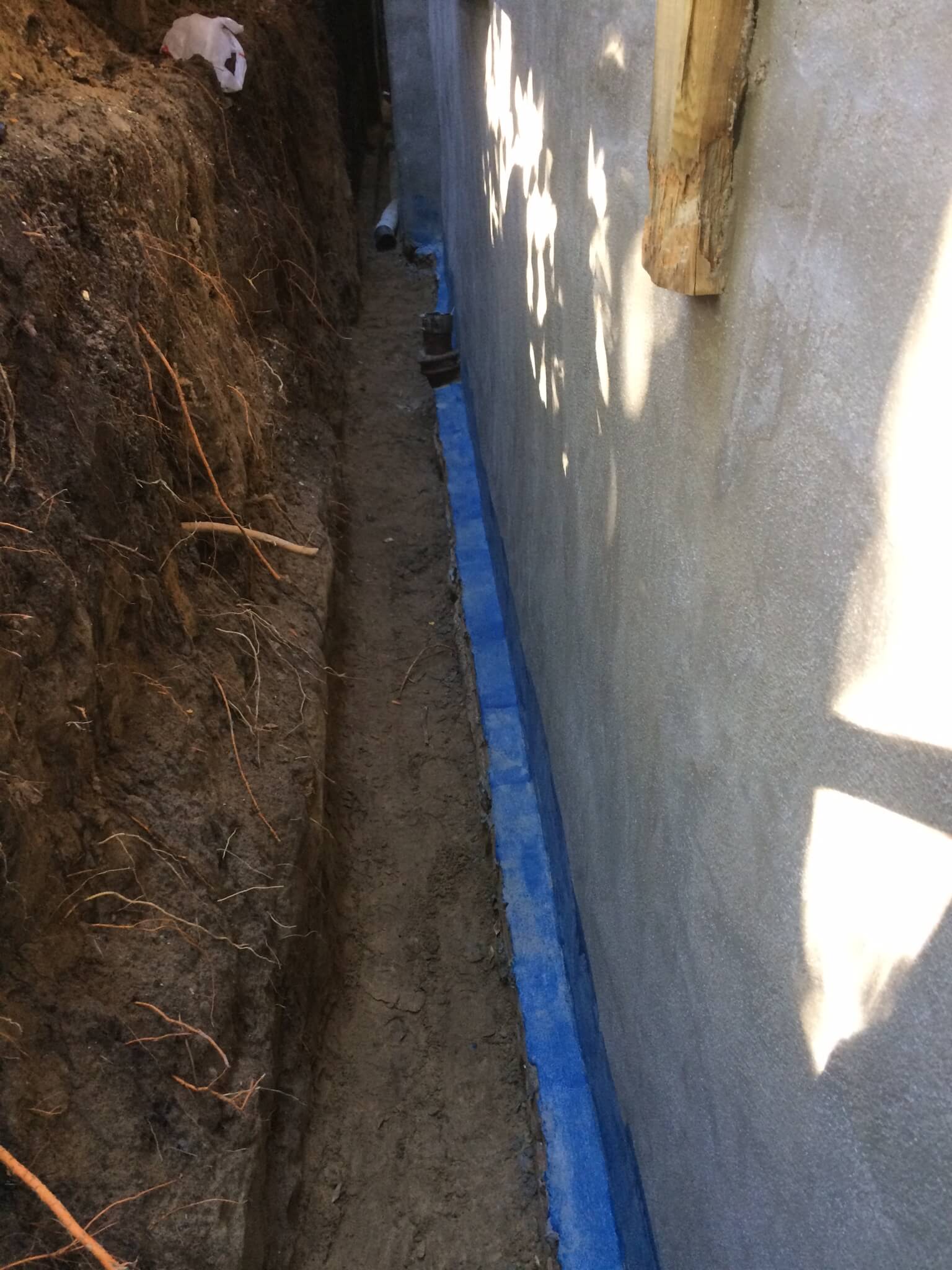Waterproofing is a key aspect of preserving any house or property, yet it often goes unnoticed until issues arise. As water penetrates buildings, it can result in costly repairs, compromised safety, and even issues due to fungus and fungal growth. Comprehending the importance of waterproofing is vital for every property owner, as it not only protects against instant damage but also boosts the overall longevity and value of a home.
This resource explores the fundamentals behind water-proofing, shedding light on why it is important, the multiple methods available, and how efficient water-proofing can spare you thousands in future repairs. Moreover, we will clarify frequent myths surrounding water-proofing techniques and provide you with the knowledge to identify signs that your property may need attention. Whether you are seeking to waterproof your lower level, ceiling, or restroom, understanding the principles of waterproofing will empower you to have wise decisions for your living space.
The Value of Moisture Protection in Homes and Structures
Waterproofing is a critical aspect of maintaining the integrity and longevity of residential properties and structures. It acts as a barrier against water infiltration, which can lead to a variety of problems, including structural damage, the growth of mold, and health problems. Without proper waterproofing, real estate are at risk to damage caused by water that can compromise not only the physical structure but also the standard of air quality indoors. This makes waterproofing essential for ensuring a safe and wholesome home environment.
In furthermore to safeguarding against water damage, waterproofing can yield significant cost savings over time. Repairing water damage usually requires substantial work, from structural repairs to mold remediation, which can be expensive. By proactively waterproofing a property, homeowners and building managers can avoid these issues from arising, which saves thousands of dollars in potential repairs. This proactive step is an expenditure that pays off in the long run, reinforcing the importance of addressing waterproofing needs promptly.
Moreover, proper waterproofing contributes to energy efficiency within a structure. By keeping moisture out, structures can maintain consistent temperatures, reducing the need for excessive heating or cooling. This not only lowers utility bills but also improves overall comfort. As efficient energy use becomes ever more important, the role of waterproofing in sustainable construction is undeniable, making it a key consideration for both new and existing structures.
Fundamental Waterproofing Methods and Strategies
One of the most powerful methods for moisture-proofing is the use of protection systems, which create a shield against moisture intrusion. These systems can include customized membranes applied to both inside and outside surfaces, such as walls and foundations. By sealing off potential access points, these protections prevent moisture from penetrating the building, reducing the risk of water damage substantially. Choosing the right type of membrane for your individual needs is crucial, as different materials offer different levels of durability and tolerance.
Another vital strategy is effective drainage management. Installing a adequately planned drainage system around your premises can redirect water away from exposed areas, such as cellars and foundations. This can include French drains, sump pumps, and downspouts that are directed away from the building. browse around this website reduces moisture accumulation but also enhances the lifespan of moisture-proofing systems and protects your property from the destructive effects of water damage and dampness.
In addition to barriers and drainage, the use of moisture-proof coatings is vital for enhancing the safeguarding of surfaces prone to water exposure. These coatings can be used on roofs, walls, and patios to create a waterproof layer that defies moisture and prevents mold development. Selecting the appropriate coating is critical to ensure it endures environmental conditions, thus extending the lifespan of your moisture-proofing solutions. Regular maintenance and checks are also important to ensure that these defensive measures remain functional over time.

Financial Implications of Neglecting Waterproofing
Disregarding waterproofing can lead to considerable financial consequences for homeowners and building managers. Water damage can weaken structural integrity, requiring costly repairs or even renovations. A single leak can escalate into extensive damage, affecting walls, floors, and foundations. This not only increases repair costs but can also lead to a drop in property value, making any future sale more challenging.
In addition to structural repairs, the costs related to mold and mildew removal can add up swiftly. Mold grows in damp conditions, leading to potential health risks and demanding professional remediation services. The longer the moisture issue continues, the more significant the damage becomes, ultimately costing considerably more than initial waterproofing measures would have.
Furthermore, disregarding waterproofing can result in increased energy bills. Damp building materials can lead to greater energy loss, forcing HVAC systems to work harder to maintain comfortable temperatures. By opting for waterproofing solutions upfront, property owners not only save money on repairs but also enjoy sustained savings on energy costs, improving overall building efficiency.
